جلد سخت سیاه و سفید
Product details
- Publisher : CRC Press; 1st edition (March 16, 2022)
- Language : English
- Hardcover : 334 pages
- ISBN-10 : 0367765276
- ISBN-13 : 978-0367765279
کتاب Artificial Intelligence-Aided Materials Design
This book describes the application of artificial intelligence (AI)/machine learning (ML) concepts to develop predictive models that can be used to design alloy materials, including hard and soft magnetic alloys, nickel-base superalloys, titanium-base alloys, and aluminum-base alloys. Readers new to AI/ML algorithms can use this book as a starting point and use the MATLAB® and Python implementation of AI/ML algorithms through included case studies. Experienced AI/ML researchers who want to try new algorithms can use this book and study the case studies for reference.
- Offers advantages and limitations of several AI concepts and their proper implementation in various data types generated through experiments and computer simulations and from industries in different file formats
- Helps readers to develop predictive models through AI/ML algorithms by writing their own computer code or using resources where they do not have to write code
- Covers downloadable resources such as MATLAB GUI/APP and Python implementation that can be used on common mobile devices
- Discusses the CALPHAD approach and ways to use data generated from it
- Features a chapter on metallurgical/materials concepts to help readers understand the case studies and thus proper implementation of AI/ML algorithms under the framework of data-driven materials science
- Uses case studies to examine the importance of using unsupervised machine learning algorithms in determining patterns in datasets
This book is written for materials scientists and metallurgists interested in the application of AI, ML, and data science in the development of new materials.
منابع کتاب کتاب Artificial Intelligence-Aided Materials Design
این کتاب کاربرد مفاهیم هوش مصنوعی (AI)/یادگیری ماشین (ML) را برای توسعه مدلهای پیشبینی که میتوان برای طراحی مواد آلیاژی، از جمله آلیاژهای مغناطیسی سخت و نرم، سوپرآلیاژهای پایه نیکل، آلیاژهای پایه تیتانیوم و آلومینیوم مورد استفاده قرار داد، توصیف میکند. -آلیاژهای پایه خوانندگانی که با الگوریتمهای AI/ML جدید هستند، میتوانند از این کتاب به عنوان نقطه شروع استفاده کنند و از طریق مطالعات موردی گنجانده شده، از پیادهسازی MATLAB® و Python الگوریتمهای AI/ML استفاده کنند. محققان باتجربه AI/ML که می خواهند الگوریتم های جدیدی را امتحان کنند می توانند از این کتاب استفاده کنند و مطالعات موردی را برای مرجع مطالعه کنند.
- مزایا و محدودیتهای چندین مفهوم هوش مصنوعی و اجرای صحیح آنها در انواع دادههای مختلف تولید شده از طریق آزمایشها و شبیهسازیهای کامپیوتری و از صنایع در قالبهای فایل مختلف
- به خوانندگان کمک می کند تا از طریق الگوریتم های AI/ML با نوشتن کد رایانه خود یا استفاده از منابعی که نیازی به نوشتن کد ندارند، مدل های پیش بینی را توسعه دهند.
- منابع قابل دانلودی مانند MATLAB GUI/APP و پیاده سازی Python را پوشش می دهد که می تواند در دستگاه های تلفن همراه رایج استفاده شود.
- در مورد رویکرد CALPHAD و روشهای استفاده از دادههای تولید شده از آن بحث میکند
- دارای فصلی درباره مفاهیم متالورژی/مواد برای کمک به خوانندگان برای درک مطالعات موردی و در نتیجه اجرای صحیح الگوریتمهای AI/ML در چارچوب علم مواد مبتنی بر دادهها.
- از مطالعات موردی برای بررسی اهمیت استفاده از الگوریتمهای یادگیری ماشینی بدون نظارت در تعیین الگوها در مجموعههای داده استفاده میکند.
این کتاب برای دانشمندان مواد و متالوژیست هایی که علاقه مند به کاربرد هوش مصنوعی، ML و علم داده در توسعه مواد جدید هستند نوشته شده است.






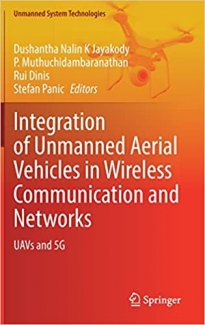
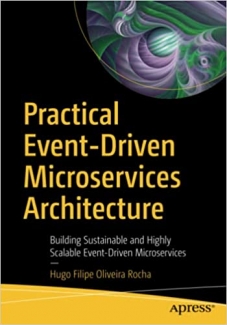
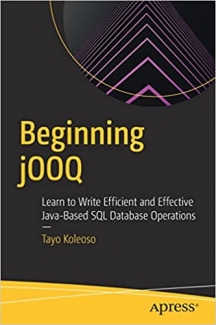
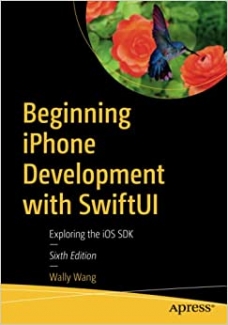

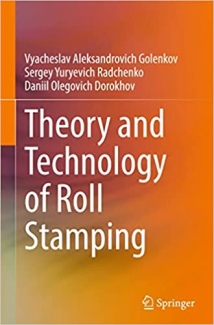


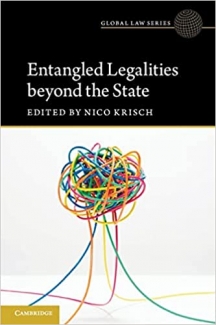

















ارسال نظر درباره کتاب Artificial Intelligence-Aided Materials Design